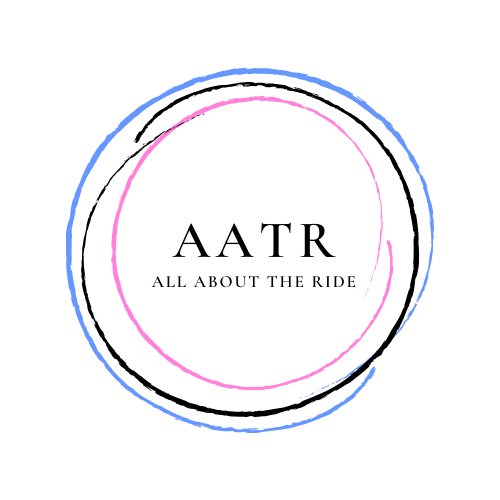Getting Started
You would have to go a long way to find someone who doesn't know what a bicycle is! You probably wouldn’t have to go as far to find someone who doesn’t know the difference between a ROAD BIKE, MOUNTAIN BIKE, HYBRID BIKE or other variations of the bicycle.But a bike is a bike…..isn’t it?Goodness me no! Choosing the right bike for you is a very personal thing. We think that the key elements to choosing the best bike for you are:
- Price - I know it sounds kind of obvious but there is very little point in spending thousands of pounds on a bike that you plan to use a handful of times a year, when the sun is out and you have nothing else to do. Set yourself a budget and try to stick to it. You will enjoy it a lot more. An alternative option if you are planning to commute by bike would be to speak to your employer about one of the Government-backed cycle schemes. This option allows you to get a new bike through your company (usually with a monthly salary sacrifice) tax free. Check with your employer about your company’s eligibility.
- What to ride - Do your research. Bikes quite literally come in all different shapes and sizes. But choosing one that fits you doesn’t need to be complicated. Think about the type of cycling you want to do i.e. road, off-road, commuting, time trial or just leisure riding for fitness. This will significantly reduce your options (you generally won’t use a road bike for tearing up woodland trails).
- Comfort - If you have been cycling for a little while and are just thinking about treating yourself to something new, you will probably know exactly what geometry your next bike needs to be. Although bear in mind that like footwear, different bike brands will come up in different sizes so make sure you check the manufacturer’s website before committing to buy. If however you are choosing your first bicycle since the BMX you used to ride to school on, got to a local bike shop and sit on a few. The last thing you want to do is invest in a new bike only to find it is too big (or small) when it is delivered. Then having to arrange for it to be sent back for an exchange. If you are really serious about getting into cycling and are prepared to invest the cash, we would suggest that you pay for a professional bike fitting.
- Not all about the bike – Ok so you can go out and buy a bike from your local bike shop, pay for it and off you go. But there are other things you should think about, like safety. We would advise anyone to wear a cycle helmet. If you don’t have one already, get one. Even if you are just buying a bike to cycle to the shops or to use a few times a year when the sun is out. At AATR we believe in safety first. If you are going to be riding at night or commuting, get a good set of lights. Good lights don’t have to be expensive but they are worth spending money on.
If you are buying a child’s bike (for a child and not because adult’s bikes are too big), you can and should adopt some of the same principles. Whilst the choice isn't as vast as it is with adult bikes, we think the following should still apply:
- Sizing – Very important with a child’s bike. It is worth going to the shop with your child and getting them measured for the correct size bike. This is not only for their safety and comfort when riding but also, you don’t want to spend several hundred pounds on a bike that they are going to be too big for in 3 months or that they can’t ride until they can reach the floor.
- Safety – There really shouldn’t be a price on a child’s safety, especially when it comes to cycling (or other sporting activities). Again, we would strongly recommend a cycle helmet. Get your child used to wearing one from a young age will encourage them to continue wearing one as they grow up and make them more safety conscious.
Keep an eye out for our buyer’s guides for more details bikes, clothing and accessories.Ride safe!AATR

